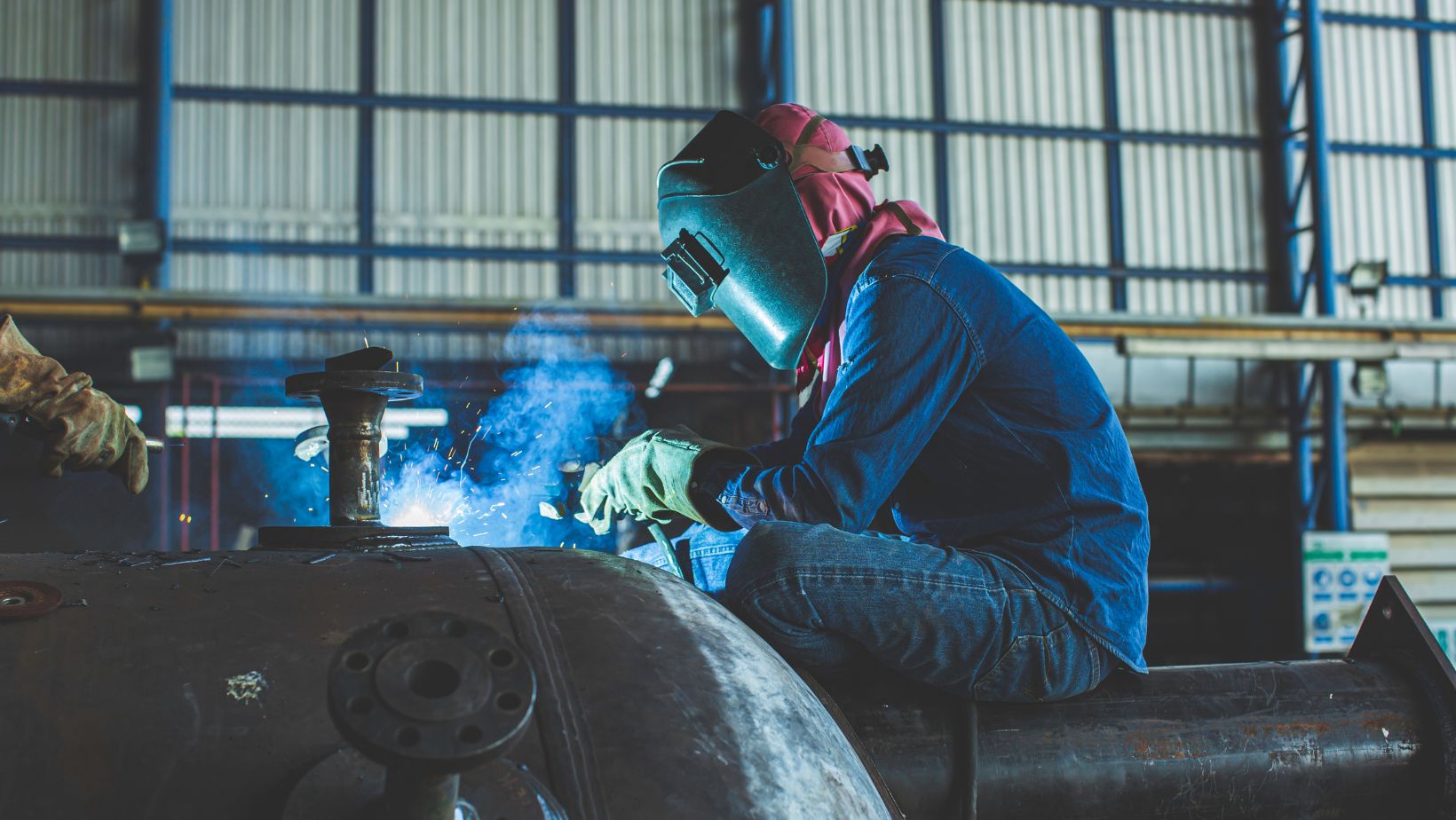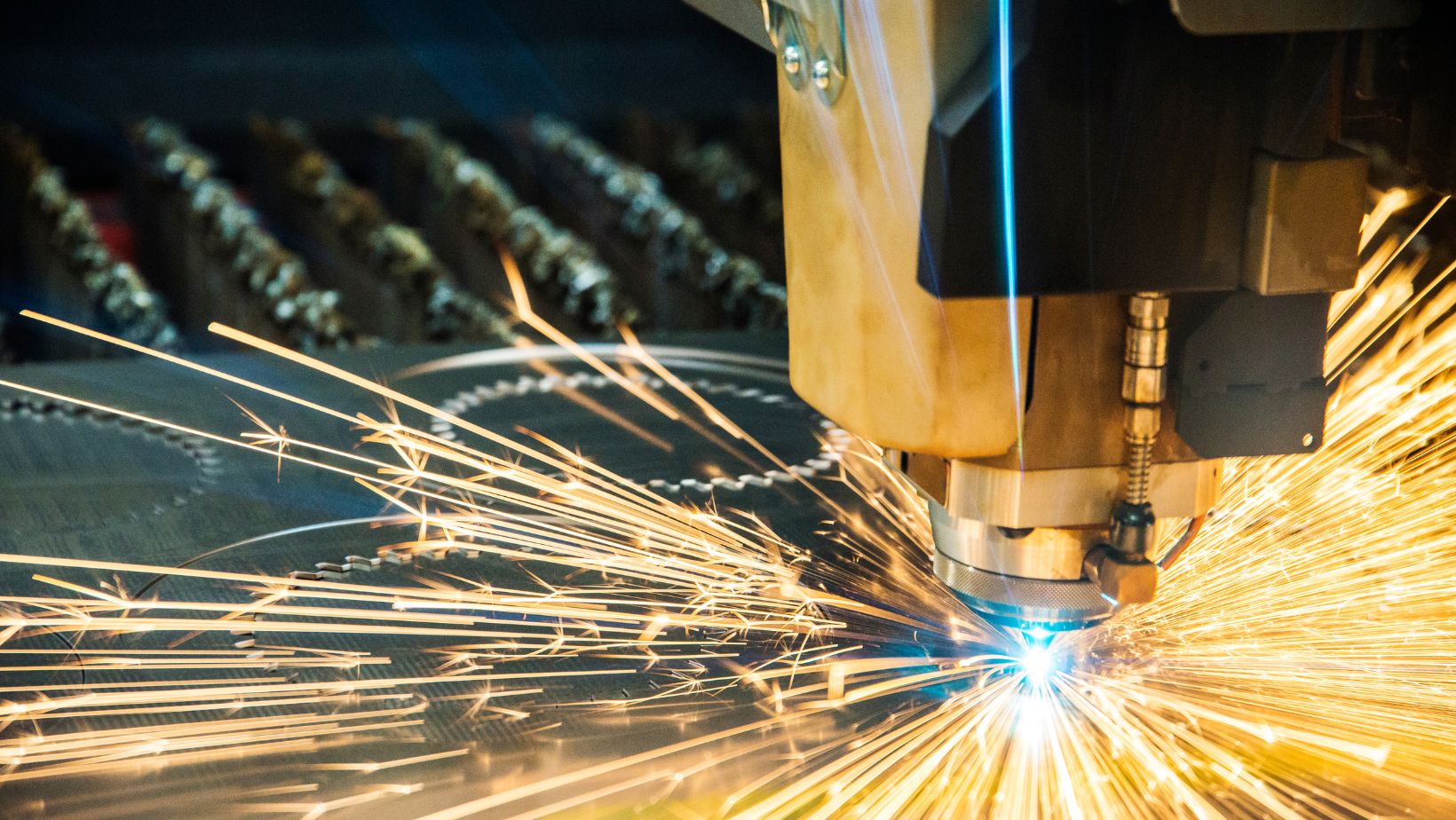

Metal fabrication has long been a cornerstone of many sectors, including construction and car production. As technology advances, new ways emerge, such as online metal fabrication, which is gaining popularity as an alternative to older processes. But which is suitable for you? Understanding the fundamental distinctions between traditional and online metal production methods will allow you to make an informed decision that meets your requirements.
Traditional Metal Fabrication
Traditional metal fabrication is a hands-on process in which experienced craftsmen cut, bend, and assemble metal parts in a physical workshop or factory. For decades, these approaches have served as the foundation of the manufacturing business, and they are commonly linked with high-quality craftsmanship, tailored solutions, and direct connection with fabrication professionals.
Pros of Traditional Metal Fabrication:
- Personalized Service: Traditional fabrication shops provide in-person encounters, allowing customers to discuss their projects in depth with professional fabricators. This can lead to extremely tailored and exact work.
- Skilled Craftsmanship: Traditional fabrication shops frequently employ skilled individuals with extensive expertise. This experience results in a high level of quality and attention to detail in the finished product.
- On-site modifications: When working directly with a local fabricator, modifications may be done on-site and concerns fixed immediately without the need for lengthy communication delays.
Cons of Traditional Metal Fabrication:
- Limited Availability: Depending on your location, finding a professional metal fabricator can be difficult, especially for specialized projects.
- Higher Costs: Traditional methods may have higher labor costs, especially for custom work, and longer lead times.
- Limited Scalability: Small workshops may struggle to fulfill large or complex orders, resulting in delays or increased prices.
Exploring Online Metal Fabrication
The concept of ordering custom metal parts through Internet platforms has gained popularity in recent years. With online metal fabrication, clients can easily upload their designs, choose materials, and receive immediate pricing through user-friendly interfaces. The fabrication is then outsourced to a network of manufacturers, who complete the job and deliver the finished parts directly to your location.
Pros of Online Metal Fabrication:
- Convenience: The entire procedure can be conducted online, removing the need for in-person consultations and visits to fabrication facilities. This is especially useful for busy professionals and businesses located in remote places.
- Cost Efficiency: Online metal production platforms frequently use a vast network of manufacturers, resulting in competitive pricing. Customers can compare quotations from many suppliers to determine the best solution for their budget.

- Quick turnaround times: Many online platforms are built for efficiency and speed. Instant quotations and automated processes can dramatically cut lead times, allowing you to receive your product faster.
- Scalability: Online systems can manage a wide range of orders, from small one-time pieces to large-scale manufacturing runs, making them appropriate for a variety of sectors.
Cons of Online Metal Fabrication:
- Lack of Personal Interaction: Although handy, internet platforms lack the personal touch of traditional stores. Complex or extremely specialized projects may necessitate a more direct connection with a fabricator, which can be difficult via an internet interface.
- Quality Concerns: Depending on the platform and manufacturer, the final product’s quality may vary. Not all manufacturers in the network may adhere to the same standards, so selecting the proper source is crucial.
- Limited Customization Possibilities: When compared to traditional stores, certain online platforms have fewer customization possibilities, making them unsuitable for extremely intricate or unusual projects.
Comparing Cost Factors
Cost is an important consideration when deciding between traditional and online metal production. Traditional fabrication shops frequently incur greater overhead costs due to trained staff, machinery, and physical workspace requirements. This can result in increased rates for unique projects, especially if you need specialist materials or sophisticated designs.
On the other hand, online metal production platforms frequently offer reduced running expenses, allowing for more competitive pricing. The opportunity to compare quotes from numerous suppliers also allows customers to select choices that are within their budget. However, while the initial cost may be lower, clients should be cautious of potential hidden extras such as shipping or handling taxes, which can increase the ultimate cost.
Turnaround Times and Efficiency
Traditional fabrication shops may have lengthier lead times due to manual methods and in-person consultations. This is especially true for big projects that require extensive customization or changes along the route. However, traditional businesses are frequently better at making on-the-spot adjustments or dealing with unforeseen complications that develop during fabrication.
Online metal production platforms, on the other hand, prioritize speed and efficiency. Automated quoting systems, pre-set manufacturing procedures, and a large supplier network can all help to shorten turnaround times. For organizations with tight schedules, this might be a significant advantage. However, because the process is entirely automated, there may be less room for last-minute adjustments.
Quality and Precision
Metal manufacturing requires quality and precision, and the decision between traditional and online procedures can have an impact on the end result. Traditional shops, with their hands-on approach, frequently excel at producing high-quality, exact work, especially for elaborate or personalized patterns. Experienced fabricators can collaborate extensively with customers to ensure the final product matches their exact demands.
Online metal production platforms provide great degrees of precision, especially for standardized parts. However, the quality may fluctuate based on the manufacturer selected, as different suppliers may have varying quality control standards. To ensure that you get a high-quality product, you should carefully investigate vendors and read reviews.
Customization and Flexibility
Customization is another important point to consider when deciding between traditional and online metal fabrication. Traditional stores frequently thrive in providing highly customized solutions tailored to the customer’s exact requirements. Whether it’s a one-of-a-kind design or a specialized material, conventional fabricators can collaborate closely with customers to achieve their goals.

While online platforms allow for customization, they may be limited in terms of design complexity and material alternatives. They are usually better suited to more standardized parts or simpler tasks. A traditional shop may be the best alternative for highly specialized or unusual needs.
Selecting the Right Option for You
When choosing between traditional and online metal manufacturing, consider the following factors:
- Project Complexity: If your project requires a high degree of customization or has complicated designs, traditional metal production may be the best solution. A hands-on approach and direct engagement with fabricators can lead to a precise and individualized product.
- Budget: If cost savings are a top issue, online metal manufacturing platforms may provide more affordable pricing, particularly for standardized parts. However, be wary of any hidden expenses.
- Timeline: Because of their automated procedures and extensive supplier network, online platforms can enable faster turnaround times for projects with short deadlines.
- Location: If you reside in a distant place or have limited access to traditional fabrication businesses, online metal fabrication provides the convenience of doing everything online, from design submission to final delivery.
Conclusion
Both traditional and online metal manufacturing techniques have advantages and downsides. The best option relies on your requirements, such as project complexity, money, and timetable. By carefully considering these aspects, you may select the fabrication method that best fits your needs and ensures a good end.












